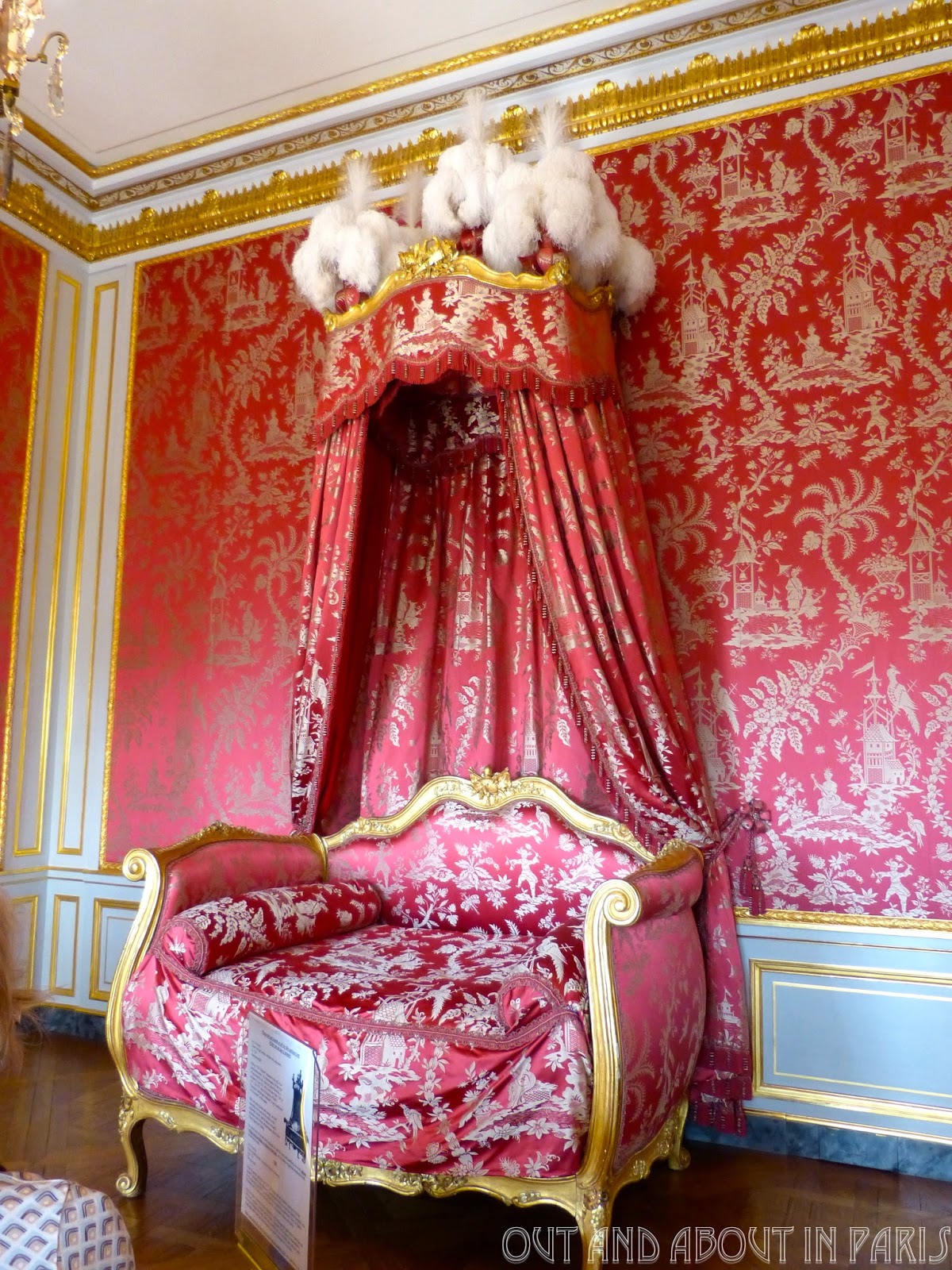| "Don't be like the rest of them, darling." - Wise words by StrengthsMentor Lisa Ferguson |
It's Monday morning in Paris - a good time for musing about the valuable lessons that I learned from StrengthsMentor Lisa Ferguson during #EmbraceParis.
Admittedly, I wasn't the most willing student. When Lisa sent a gentle reminder saying that some of the #EmbraceParis ladies still needed to complete our Gallup's online StrengthsFinder online assessment, I momentarily thought about procrastinating until the next day ... or the day after. With blog posts to write and laundry piling up, the 30 minutes required to take the assessment felt like too big of a time commitment.
But after some internal coaxing and cajoling, I poured a glass of wine and got started. It was easy. All that I had to do to discover my top 5 strengths was choose between two statements, indicating that one or the other "strongly" or "moderately" described me. I could also select the "neutral" position by marking midway between the two. While I don't remember the specific phrasing of any of the180 paired statements, I do recall that one of the questions focused on my feelings about striking up conversations with strangers. Since it didn't mention that the exchange had to be in grammatically correct French, I indicated that it's something that I usually enjoy.
At the end of the assessment, I learned that my top five strengths out of 34 are achiever, learner, maximizer, ideation and relator. Since I'm happiest when I'm learning something new, I could immediately relate to number 2. To understand the rest of the descriptions, however, I needed more information than what was included in the "Signature Themes Report" from Gallup.
That's where Lisa, a fully trained Gallup Strengths Finder® coach, proved to be invaluable. Whether it was during our group work, when she encouraged us to discover how we can "work smarter not harder" by maximizing our innate talents, or during the private mentoring session, I had a couple of insightful "aha" moments.
On our last evening together, after we had already prepared and eaten an incredibly delicious gourmet dinner at Alain Ducasse's cooking school, the #EmbraceParis ladies gathered in Jennifer's room for an important midnight meeting. Lisa asked us to simply, yet very specifically, state what we needed from the group and what we could give to the group. As one woman after another offered to help a newfound friend connect with a publisher or learn how to monetize her website, I was awed by the enormous potential in the room. We were all working in our "sweet spot of unique strengths" and loving it.
If embracing, investing and leading with your strengths would benefit you on a professional or personal level, be sure to contact Lisa!
Lisa Ferguson, StrengthsMentor
From Gallup Strength Center: For decades, the Clifton StrengthsFinder assessment has helped people excel. From top business executives and managers to salespeople, nurses, teachers, students, pastors, and others, more than 10 million people have realized the benefits of leading with their strengths.
Article about Gallup's Clifton StrenghtsFinder in Forbes magazine: Need a Career Tuneup? Gallup's Tom Rath Has a Quiz for You
| "What if I fall? Oh my darling, What if you fly" - a tangible and intangible gift from Lisa Ferguson! |



.jpg)


%2B%C2%A9%2BHuper-International%2BPresse.jpg)












